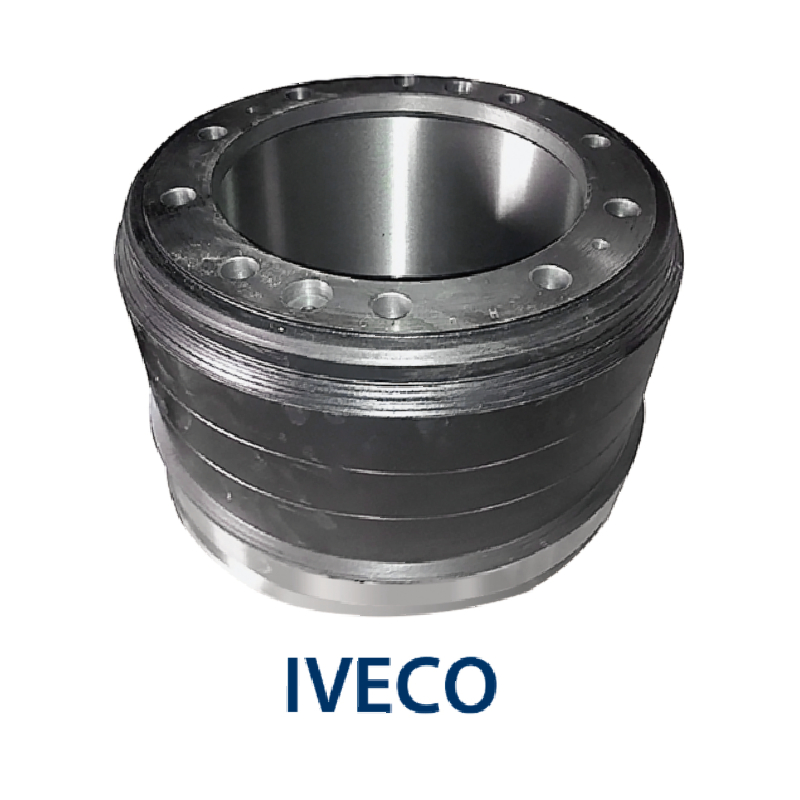Dec . 14, 2024 06:31 Back to list
Understanding Brake Drum Specifications for Optimal Vehicle Performance and Safety
Understanding Brake Drum Specifications
Brake drums play a critical role in the braking systems of vehicles, especially those with drum brake systems. The specifications of brake drums can significantly impact vehicle performance, safety, and longevity. In this article, we will explore the various aspects of brake drum specifications that every vehicle owner and technician should know.
What is a Brake Drum?
A brake drum is a cylindrical component attached to the wheel hub of a vehicle. It works in conjunction with brake shoes, which press against the interior surface of the drum to create friction and slow down or stop the vehicle. Brake drums are commonly found on the rear wheels of many vehicles, although some older models may feature them on the front wheels as well.
Key Specifications of Brake Drums
1. Diameter The diameter of a brake drum is one of the most critical specifications. It must match the specifications provided by the vehicle manufacturer to ensure proper fit and function. The diameter typically ranges from 9 inches to 12 inches, depending on the vehicle type. A drum that is too large or too small can lead to improper braking, wheel lock-up, or drum damage.
2. Width Along with diameter, the width of the brake drum is vital. This dimension affects the surface area available for the brake shoes to make contact. A wider drum can potentially improve braking performance, however, it also must conform to the vehicle's specifications to ensure compatibility with the braking system.
3. Wall Thickness The wall thickness of a brake drum impacts its strength and durability. Thicker drums are generally more robust and can withstand higher temperatures generated during braking. Over time, drums can become worn or warped, leading to potential failure. Regular inspection for wall thickness is essential, as most manufacturers specify minimum thickness levels for safe operation.
brake drum specifications

4. Material Composition Brake drums are typically made from cast iron or aluminum. Cast iron drums are more common due to their heat resistance and ability to absorb heat generated during braking. Aluminum drums are lighter and can enhance vehicle performance, but they may not dissipate heat as efficiently as their cast iron counterparts. The choice of material often depends on the vehicle's design and the intended use.
5. Finish The surface finish of the brake drum is another essential specification. A smooth, properly machined surface will provide better contact with the brake shoes, enhancing braking efficiency. Rough or uneven surfaces can lead to increased wear of brake shoes and may cause vibration or noise. A proper finish also minimizes the risk of glazing, which occurs when the brake shoe material hardens and loses effectiveness.
6. Weight The weight of the brake drum affects the overall unsprung mass of the vehicle. This is an important consideration in performance vehicles, where reducing weight can lead to improved handling and ride quality. However, it is crucial to maintain a balance between weight reduction and strength to ensure safety.
7. Thermal Characteristics Brake drums generate significant heat during operation, and understanding their thermal characteristics is crucial. The ability of a brake drum to dissipate heat determines the overall performance of the braking system. Manufacturers often provide specifications regarding the maximum operating temperature for their brake drums, so ensuring that the chosen drum adheres to these parameters is vital.
8. Manufacturer Specifications Always refer to the vehicle manufacturer's specifications when selecting brake drums. Each vehicle has precise requirements for brake components, and choosing the correct drum ensures compatibility with the braking system and better overall safety performance.
Conclusion
In conclusion, understanding brake drum specifications is fundamental for anyone involved in vehicle maintenance or repair. Factors such as diameter, width, wall thickness, material composition, finish, weight, and thermal characteristics all contribute to the performance and safety of the braking system. To ensure optimal performance, vehicle owners should regularly inspect their brake systems and always adhere to manufacturer specifications when replacing components. Proper maintenance and understanding of brake drum specifications can lead to improved safety on the roads and a more enjoyable driving experience. Whether you’re a vehicle owner or a technician, keeping these specifications in mind is an important step toward maintaining effective braking performance.
-
Durable Brake Drum MAZ for Heavy Duty Trucks | High Performance
NewsAug.26,2025
-
FUWA: Premium Quality, Reliable Performance & Innovative Solutions
NewsAug.25,2025
-
Liza Brake Drum: Superior Quality & Performance for Safe Driving
NewsAug.24,2025
-
Iveco Brake Drum | Premium OE Quality for Daily & Eurocargo
NewsAug.22,2025
-
Your Brake Drum Man: Quality & Performance Parts
NewsAug.21,2025
-
Explore Japan: Ultimate Travel Guide & Authentic Experiences
NewsAug.19,2025
